Screen Play
Leslie Diuguid’s fine-art prints are redefining the genre through a homegrown operation that gives artists—and herself—a greater voice.
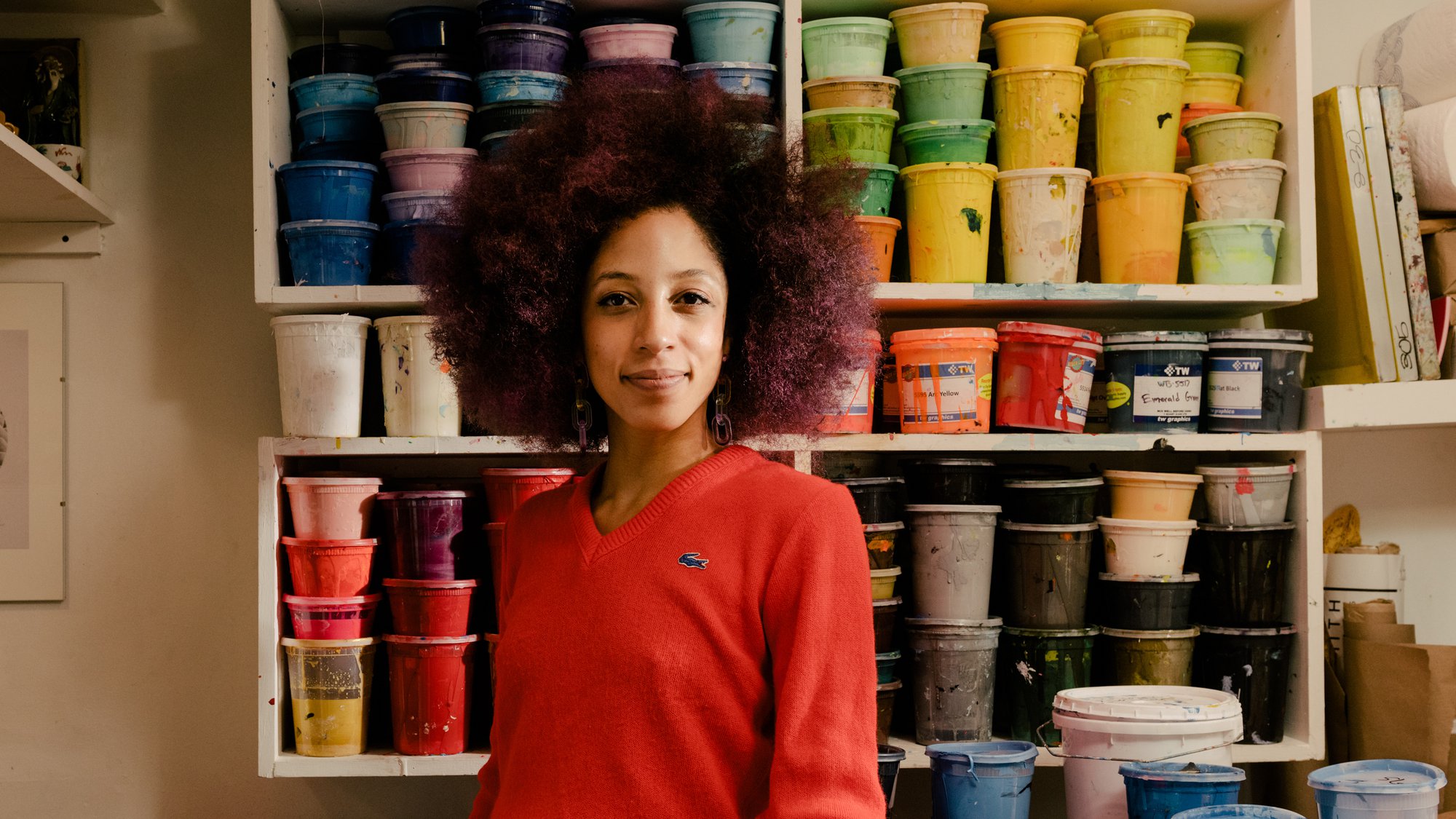
Leslie Diuguid at her Brooklyn studio, Du-Good Press, in early 2022. Her custom color library of water-based inks is behind her.
“I love this one so much,” says Leslie Diuguid as she opens her portfolio and pulls out a print she made early last year with the artist Alexander Harrison. Titled Keep It Moving, it’s an expressive portrait of a Black man who is frantically and nervously trying to build something while chained to a tree stump as sweat drips down his terror-stricken face. The print is awash in deep grass-greens, whispers of blue in the man’s jeans, and no less than a dozen shades of brown in his sinewy torso. Diuguid brings it closer to the window and as the sunlight hits it, the image dissolves into crisp lines and color fields that blur into one another. “It’s like reading a book—you're just put into this story, this visual of what's going on,” Diuguid notes. “There's a lot of depth and a huge range of values that make you feel like you're actually in a universe that’s not this one we’re standing in.”
To look at a print with Diuguid, the founder of Du-Good Press, the first and only fine-art print shop owned by a Black woman in New York City, is to gain a new perspective. To feel like you’re using your eyes for the very first time, learning how to see all over again. And Diuguid wouldn’t have it any other way. Through her press, Diuguid is changing the way artists and printmakers see editioned images and the business associated with producing, selling, and buying them. She wants to replace entrenched art world hierarchies with long-term, mutually respectful, and trusting relationships.
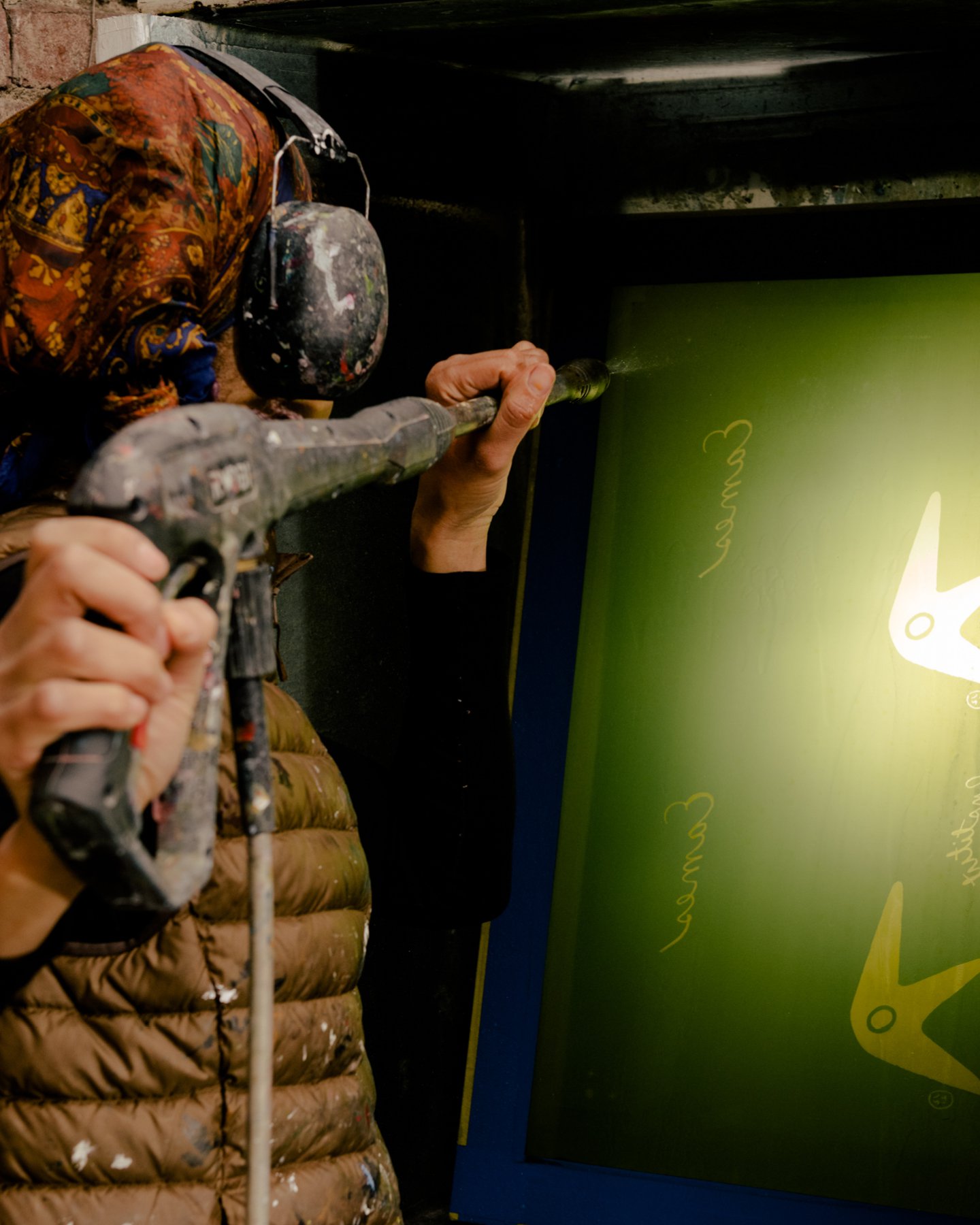
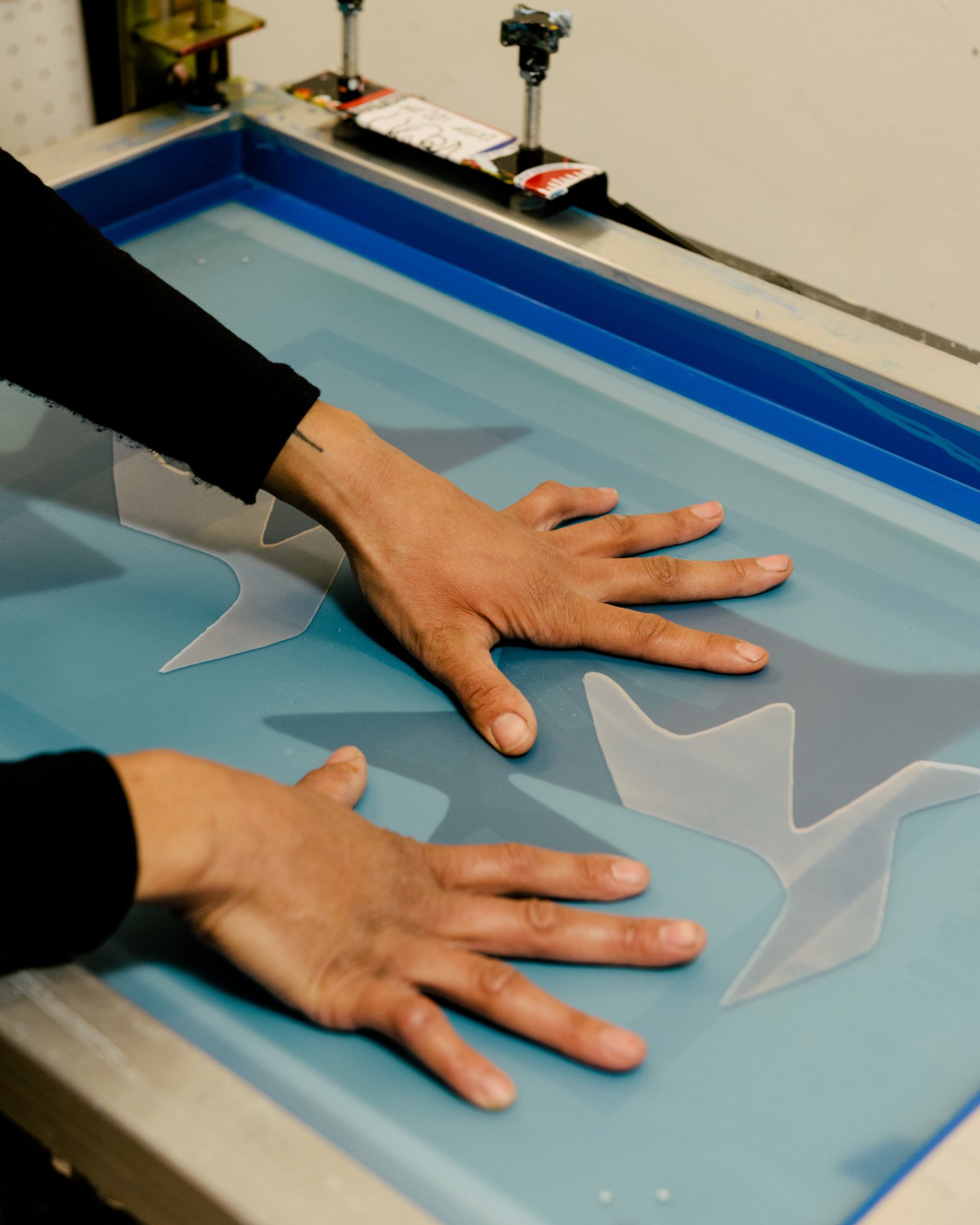
Diuguid tucks away Keep It Moving in a protective valise, but there’s artwork covering every wall in her narrow 150-square-foot Bed-Stuy, Brooklyn studio: prints that she’s made, pieces that artist friends have traded with her, and works currently on-press—one of them a print she’s made for the Eames Institute showing an original piece by artist John Zabawa. Diuguid’s collection of art hangs alongside a pegboard holding tools and a shelf with no less than 100 neatly stacked containers of prismatic inks. And squirreled between the drawers holding screens and films are baskets filled with all of her everyday belongings because the studio doubles as her bedroom. “We don’t have to talk about all the things I’m hiding,” Diuguid says and smiles, “but the prints having a presence and being able to confront them on a wall makes me feel very proud. It’s just good to have artwork around. It would be so dull without them!”
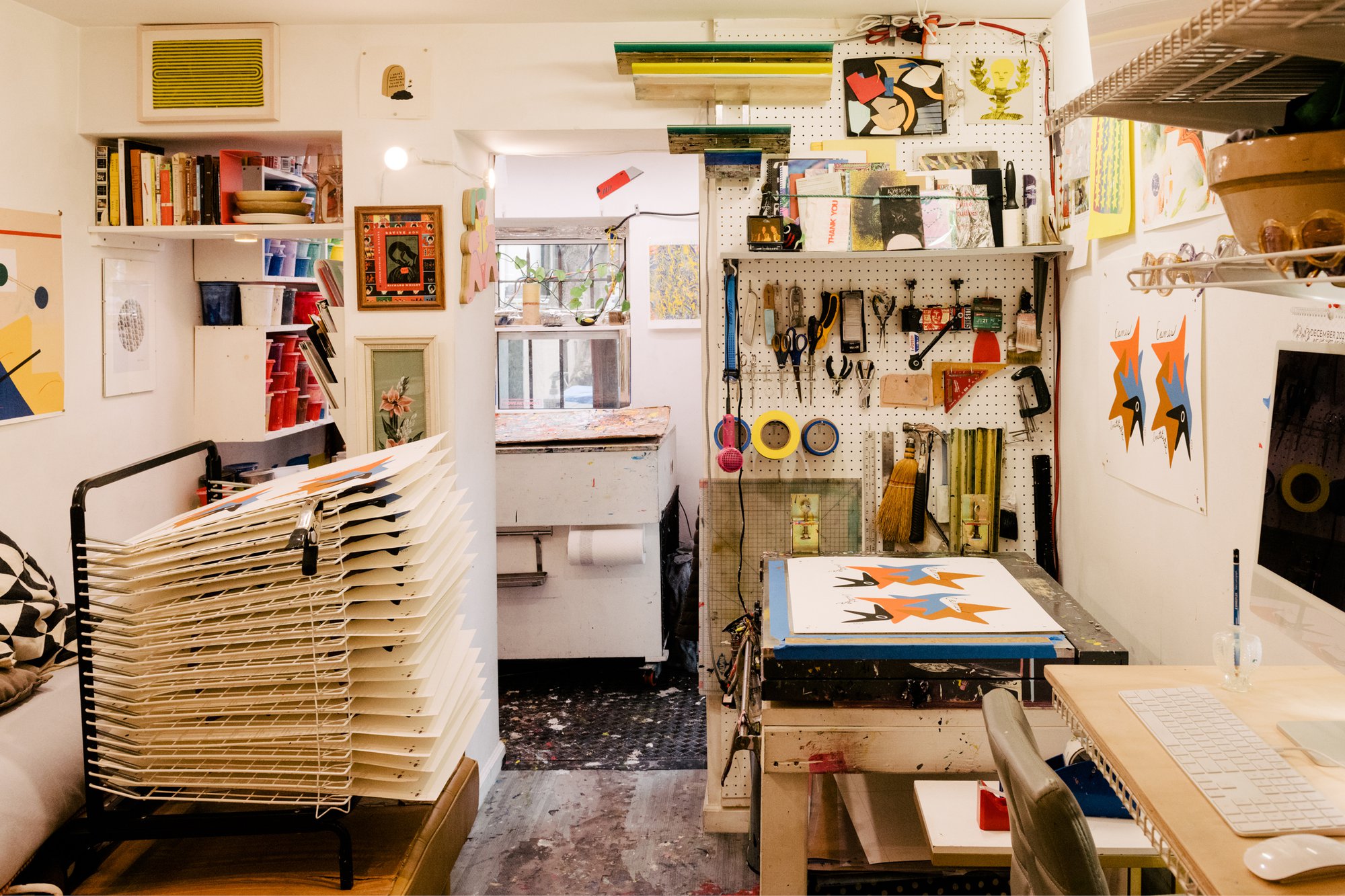
And Diuguid’s artwork is anything but dull. Over the past 13 years she has made a name for herself as one of the city’s most respected printmakers. Her delight in the pleasure of her craft is evident when she describes it; she sounds like a scientist, a poet, an artist, and an entrepreneur all at once—she’ll dart between the color theory and mathematical calculations involved in producing the just-right frequency of dots to achieve the just-right hue, and how thrilling it is to dive into an artist’s body of work when she’s collaborating with them. She’s produced prints for art-world celebrities like Shepard Fairey, Dread Scott, Jenny Holzer, and Tauba Auerbach, among others, and worked in esteemed shops like Powerhouse Arts, Kayrock Screenprinting, and Fine Art Printing, the shop run by Alexander Heinrici, Andy Warhol’s favorite printmaker. Du-Good Press also works with young BIPOC artists who are on the rise, like Alexander Harrison, Aya Brown, Hassan Rahim, and Skye Volmar, who are often working through similar ideas and themes as Diuguid, but expressing them in their own way. “Seeing the relational things between different practices makes it so that I’m not so alone,” Diuguid says. “It inspires me to think differently. My perspective changes with each new thing I learn about someone else’s articulation of how we’re trapped in different ways.”
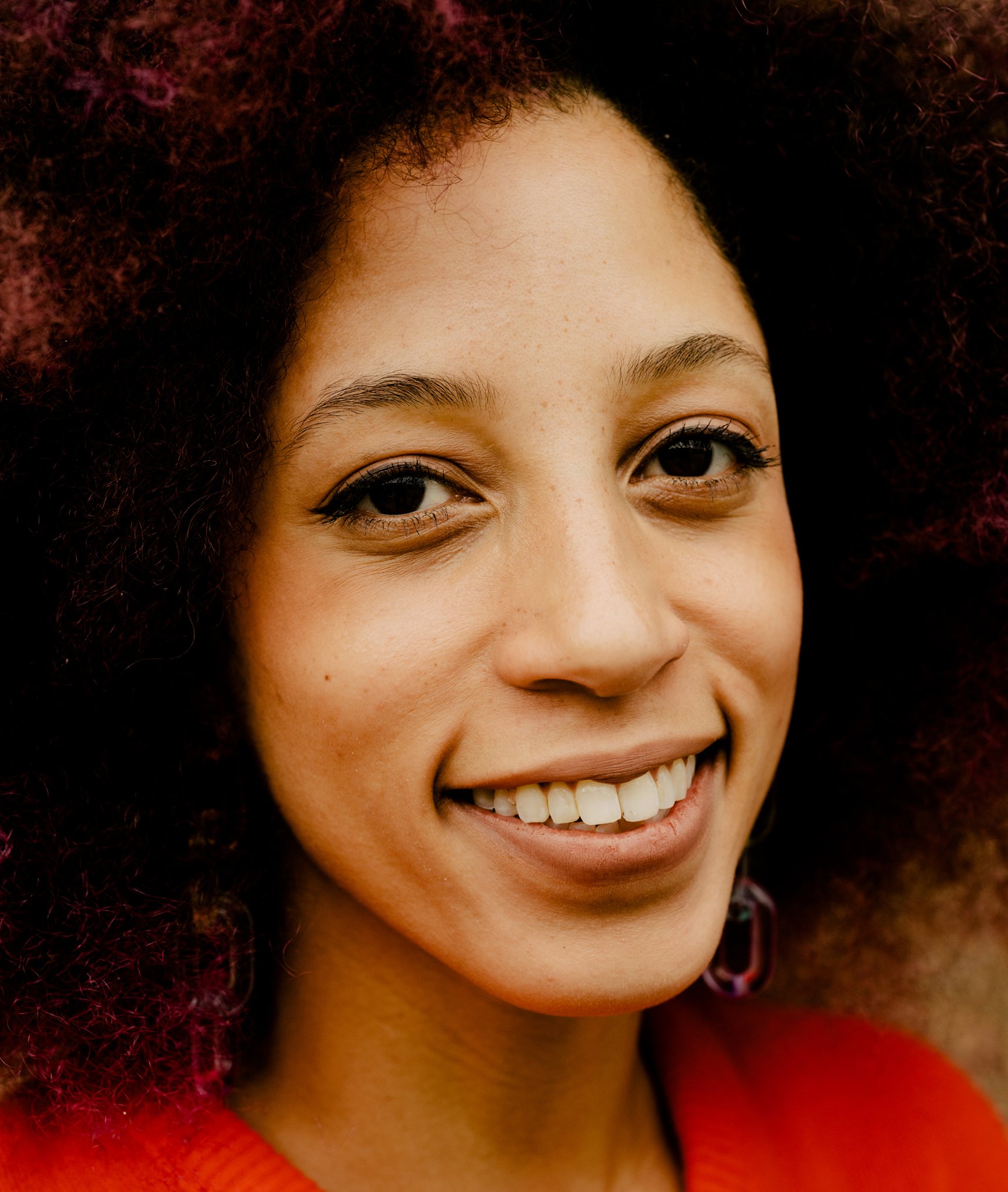
The legacy I’m building is much greater than I alone can hold. It breaks away from a hierarchy.
Leslie Diuguid
Founder
Du-Good Press
The topic that really gets Diuguid going is the business of being an artist and the importance of taking ownership of your own handiwork. After a decade of screen printing in New York CIty, Diuguid was increasingly gaining recognition and being sought out for her skills—yet she was barely earning more money than she did when she started. She also felt frustrated with the disconnection between artists who want to make editions, the print shops that create the pieces, and the work she found herself doing on press. While creating prints has become easier and more popular in parallel with the proliferation of digital printing companies, making good screen prints is another story. When speed takes precedence in a process that should take time, the craft is dehumanized and delegitimized.
Another hurdle with fine-art printing is that it’s inaccessible for most artists since the process is so opaque and cost-prohibitive. For starters, shops usually ask for large deposits up front to initiate an edition. Figuring out what original artwork could successfully become a print also requires expertise about the process, and shops don’t always allow the space for those conversations with their clients. Meanwhile, the person actually making the print doesn't earn much per print compared to the press’s owner. Those factors led Diuguid to launch her own business in 2017. “I got sick of that carrot we’re supposed to be chasing,” she explains. “I've overachieved my whole life, so finally putting all of my achievements into my own business, to put my skills to use, feels so rewarding.
With meticulous work involving numerous steps, Diugiud created a limited edition series of fine-art prints for the Eames Institute.
The Du-Good Press moniker riffs on the name Du-Good Chemical Company, a business Diuguid’s grandfather, an inventor and scientist, founded in the 1940s. His business became successful because he made products that his community needed and had trouble accessing. “Similar to my grandfather, printing is an industry everybody needs,” Diuguid notes. She believes her approach—building networks based on exchange within her creative community—is the press’s true project. “The legacy I’m building is much greater than I alone can hold,” she says. “It breaks away from a hierarchy. We all need to be connected to share the wealth of knowledge in how our industry is set up and put together in order for us to be sustainable.”
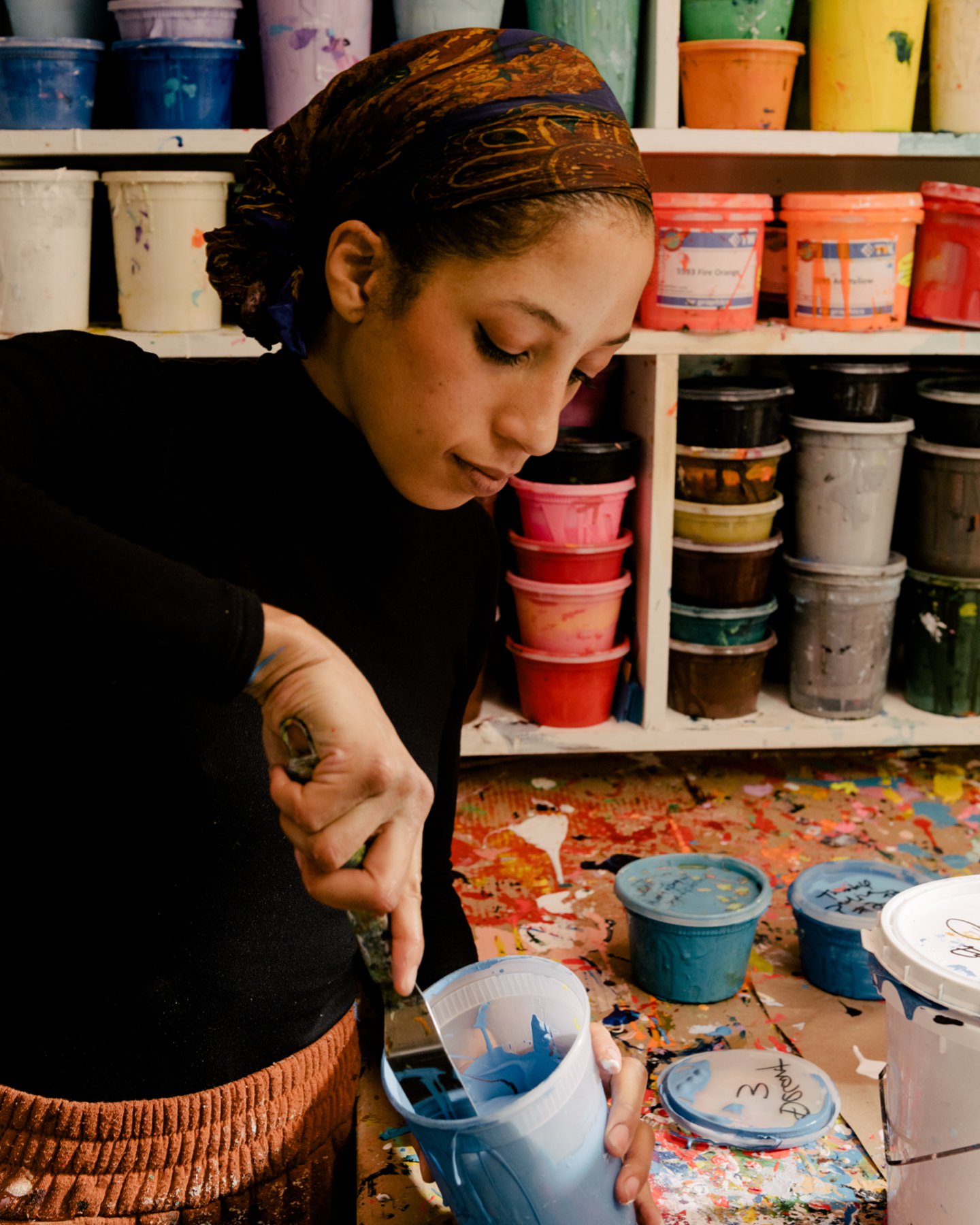
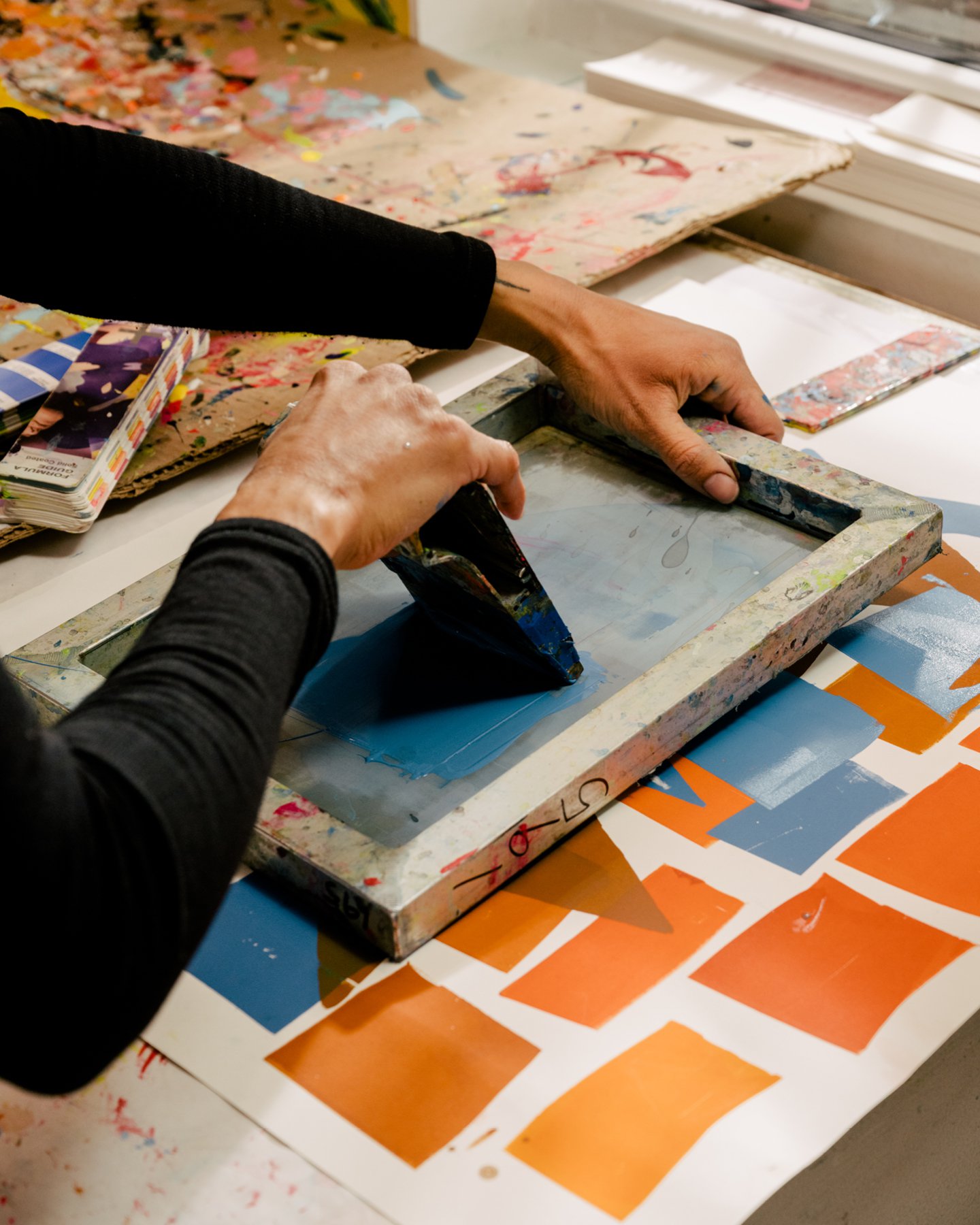
Diuguid has worked from her home out of necessity—her current apartment marks the second time she’s had to convert her bedroom into a print shop—due to New York’s prohibitive rents and a desire to keep the business manageable. “I'm more of a snail, going really slow, leaving a nice trail of prints behind,” she says. Diuguid has a GoFundMe to help her eventually expand into a space where she has more room to breathe and to experiment. Still, it’s a remarkably full operation whose output belies its footprint. Because of her at-home setup, Diuguid was one of the few printmakers that was up and running during the pandemic shutdown, when most shops closed. She actually quit her day job in 2020 and committed to Du-Good Press full-time because she had built a steady network of clients.
For the past few months, Diuguid has been working on a project that represents the fullness of her mission: To treat handmade prints like sacred objects, through the intentionality of the collaboration, her creative process, and the craft of making the piece. The opportunity arose when Ebony Haynes, the director of the gallery 52 Walker, commissioned Diuguid last year to create editions for future exhibitions at the space, the new Tribeca outpost of David Zwirner.
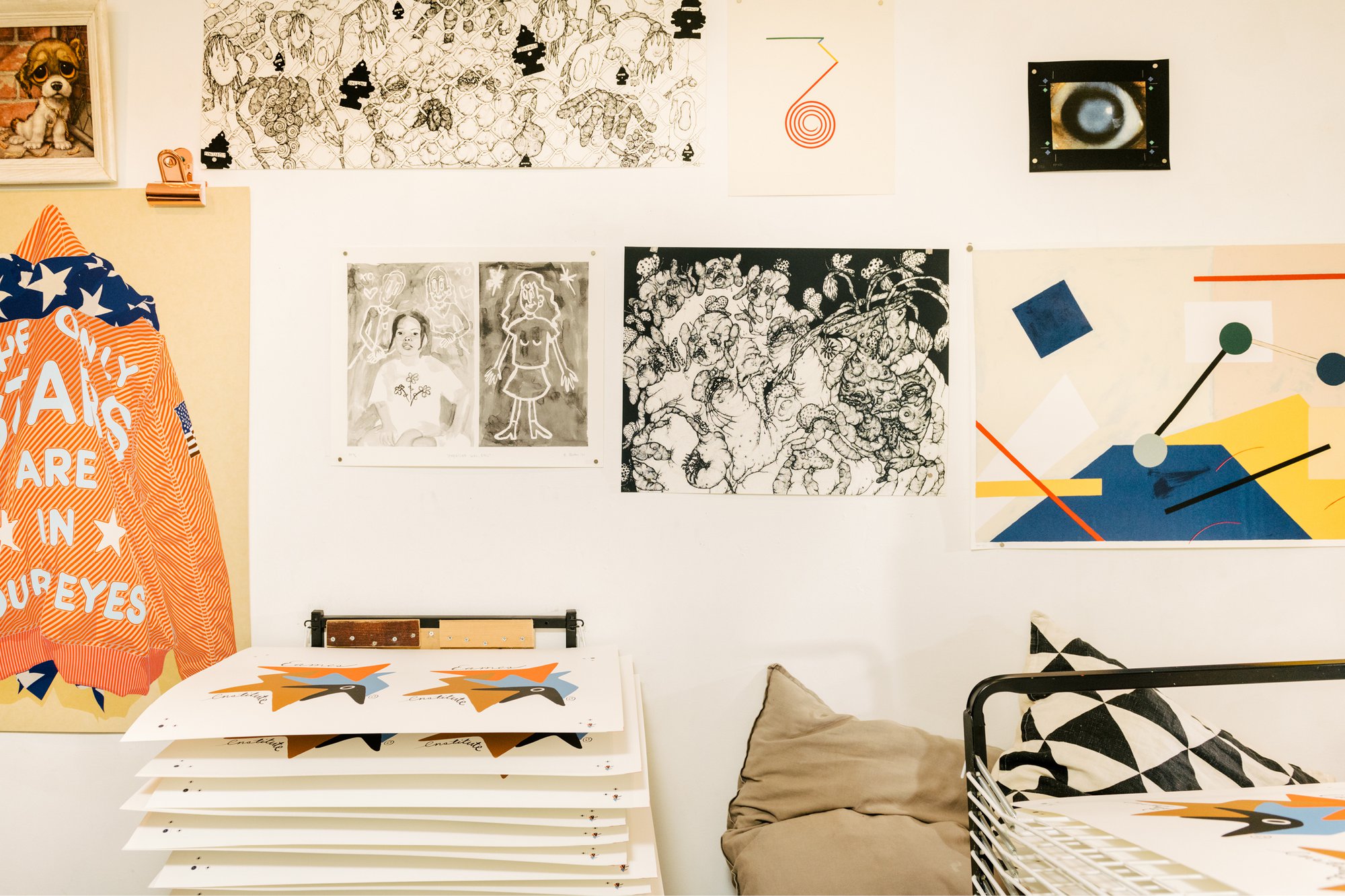
The first piece is based on A Line, Kandis Williams’s recent solo show, which explored the relationship between dance, movement, and race. The print is a true collaboration. Diuguid, along with Haynes, visited Williams in her studio to see the collages and videos that would be in the exhibition, and the trio discussed how it could be adapted. “Hierarchy was just leveled out so that we could all figure out what we wanted to do together,” Diuguid says. They decided to adapt a still from Williams’s video of dancers converging on a white line painted through the center of a stage, each holding a different pose, Diuguid rendering them in combinations of yellow, red, and blue. Like she did with the Harrison piece, Diuguid generously does a show-and-tell with the Williams print. When she brings the print into the sunlight, it practically vibrates off the surface, as the light reveals how she’s coaxed shadows, reflection, and depth out of a black sheet of paper. “It sparkles a bit,” she says. “Isn’t that gorgeous?!” It was hard to tell which was beaming more—Diuguid or the print. ❤
At Kazam! Magazine we believe design has the power to change the world. Our stories feature people, projects, and ideas that are shaping a better tomorrow.